Who
We Are
We are a bunch of folks dedicated to preserving the natural beauty of the Santa Clara River watershed in Southwest Utah by removing invasive species and restoring the native landscape.
We enjoy working with friends and neighbors to make a difference.
We are group of volunteers dedicated to identifying, managing, and removing invasive species and restoring the native landscape.
We are the Desert Preservation Initiative
We build on our multiple interests and talents.
Some of us love getting right out in the sunshine and tackling the physical job of cutting trees and restoring the landscape.
Some of us work best as managers, tracking new plant growth and the return of native species, including animals.
Some of us serve as advocates and educators, creating communications to invite others to share in and support our cause.
Whatever interest or skills you have, you can make a difference in preserving our natural habitat with DPI.
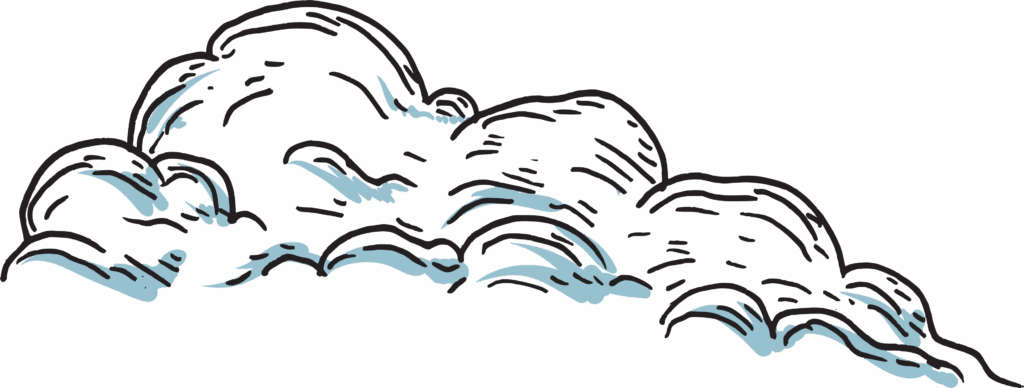

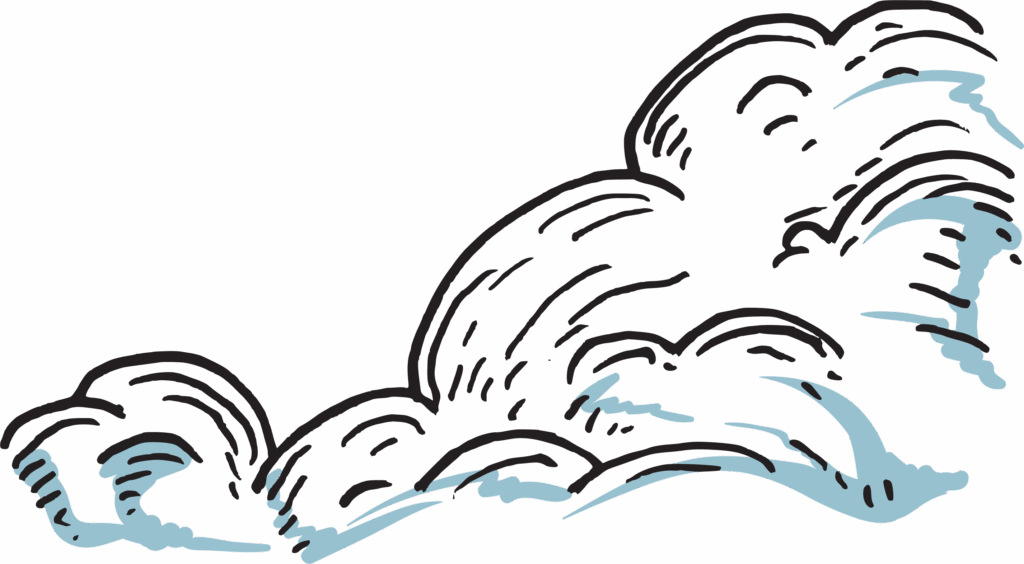
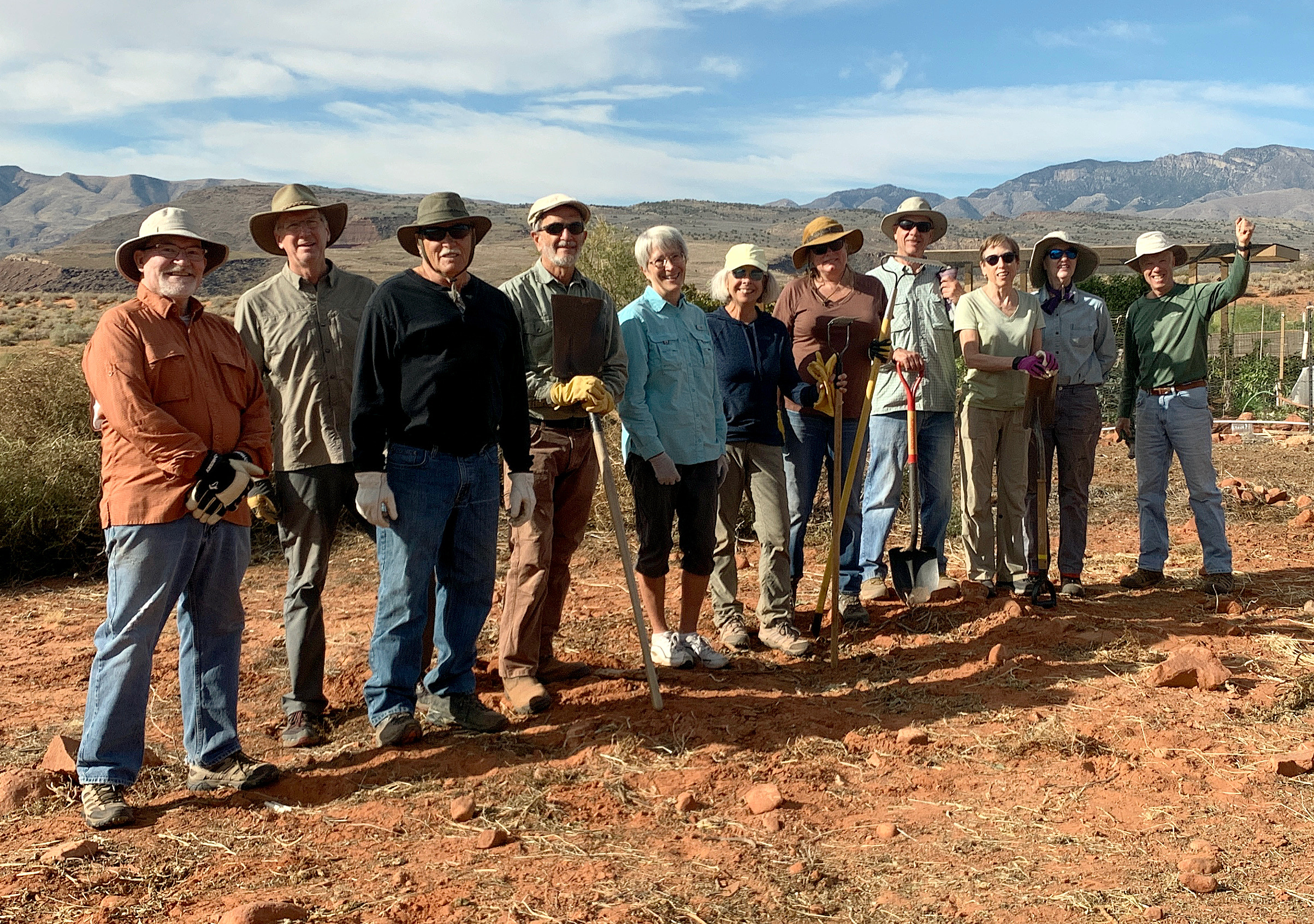
Our Team
Our team has evolved as we learn about the challenges of this work.
We have created working groups to manage various stages of what we do and we have cultivated important partnerships, among scientific and environmental professionals as well as local artists, who agree with and support the importance of what we do.
Our board includes those who work directly in the field as well as those who provide support through a variety of financial and communication activities.
Karen Baker, Director
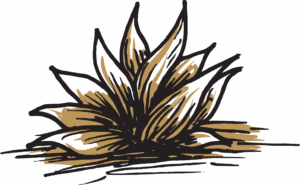
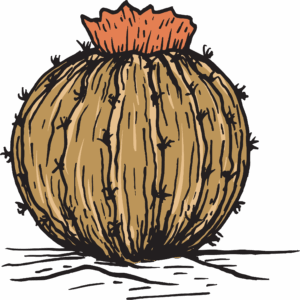

It All Began WIth Trails
The Desert Preservation Initiative was born because Chuck Warren, now DPI President, built trails into the forest in Oregon as a kid.
Moving to the Kayenta community of southern Utah, Chuck was drawn to the spiritual nature of this wild place and soon took his trail building expertise into the Kayenta Wash.
He spent nearly two years building trails and steps in the Kayenta Wash, regularly joined in the work by interested friends.
But progress was impeded by heavy growths of a plant he’d never heard of that made walking impossible in some areas. When he learned about the invasive species tamarisk, he began to realize the enormity of the challenge these trees present—not only to trail building, but, because of the added risk of fire, to the safety of the nearby community.
It became apparent that removing tamarisk was another huge job he had not anticipated, but one that must be addressed.

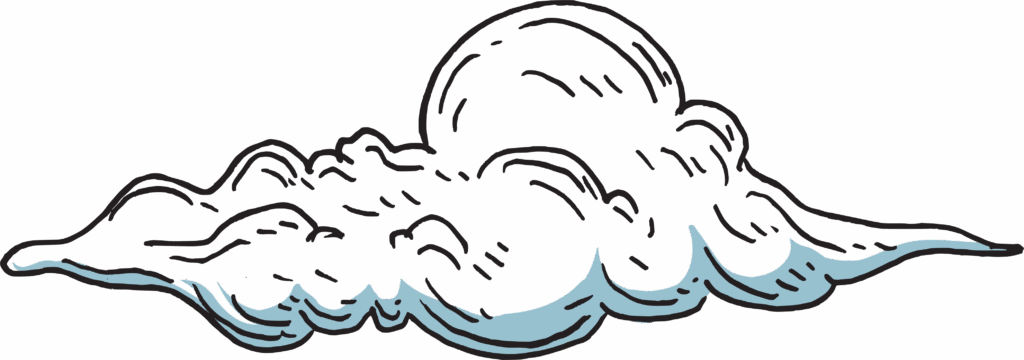

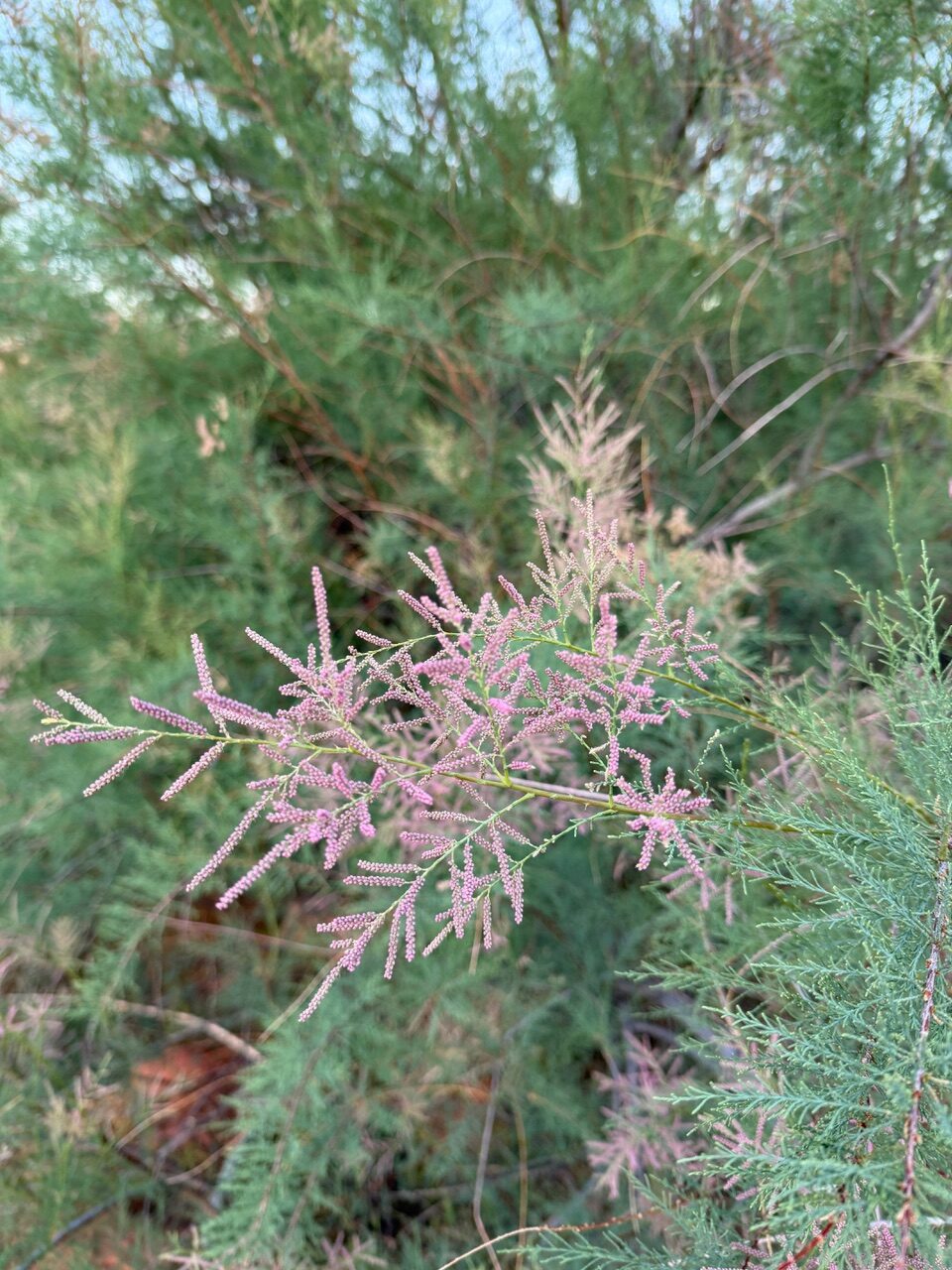
Where and Why We Work
In organizing
—as a 501(c)(3) non-profit, DPI is poised to operate as “a public charitable organization […] lessening the burdens of government.” In these turbulent times, this mission is more vital than ever.
Our work is focused on the Santa Clara drainage of the Santa Clara River in southwest Utah. Beginning with projects to manage and remove noxious weeds in the Kayenta area of Ivins, Utah, we aim to create a laboratory, demonstration project, and proof-of-concept to enable future work.
This will support future work in the Santa Clara watershed, a natural area enjoyed by residents and visitors throughout the Southwest, reinforcing DPI’s vision of serving as a model for living in harmony with the Mojave Desert landscape of southwest Utah.
Our Partners And Friends
Calling on Community
Turning to local experts and those who see and are committed to the difference we are trying to make has helped DPI forge some critical partnerships and working
relationships.
These relationships have enlarged our scientific knowledge and our practical safety techniques. In addition, partnerships have helped us expand both our
educational and advocacy outreach and brought in much needed financial support. Our partnerships/working relationships address these issues:
Fighting Fire, Reducing Fire Risk
The evidence is clear. The presence of tamarisk increases fire risk. Records show that fires in areas of tamarisk infestation are bigger and more frequent than in non-infested areas. The accumulation of dead branches and leaf litter creates a highly combustible fuel load. Yet tamarisk recovers more quickly from a fire than other plants because it resprouts vigorously from its crown—creating the potential for yet another fire down the road.
“The trees burn ‘extremely well,’ even when green, partly due to the oils they produce,” Steve Meismer, a local coordinator with the Virgin River Program at the Washington County Water Conservancy District, told the St. George News.
We're proud to Work With:
Santa Clara/Ivins Fire Dept.

Washington County Emergency Services (WCES)
Heber Heyder Fire Warden, and Tiffany Martineau, Community Wildfire Planner

Protecting, rebuilding natural habitat
The astonishing beauty of Utah, known worldwide for its unique topography, stunning vistas and wondrous flora and fauna, demands our care. We are committed to preserving what’s natural, removing invasive species, and restoring the native environment.
Joining Us In these Efforts are:
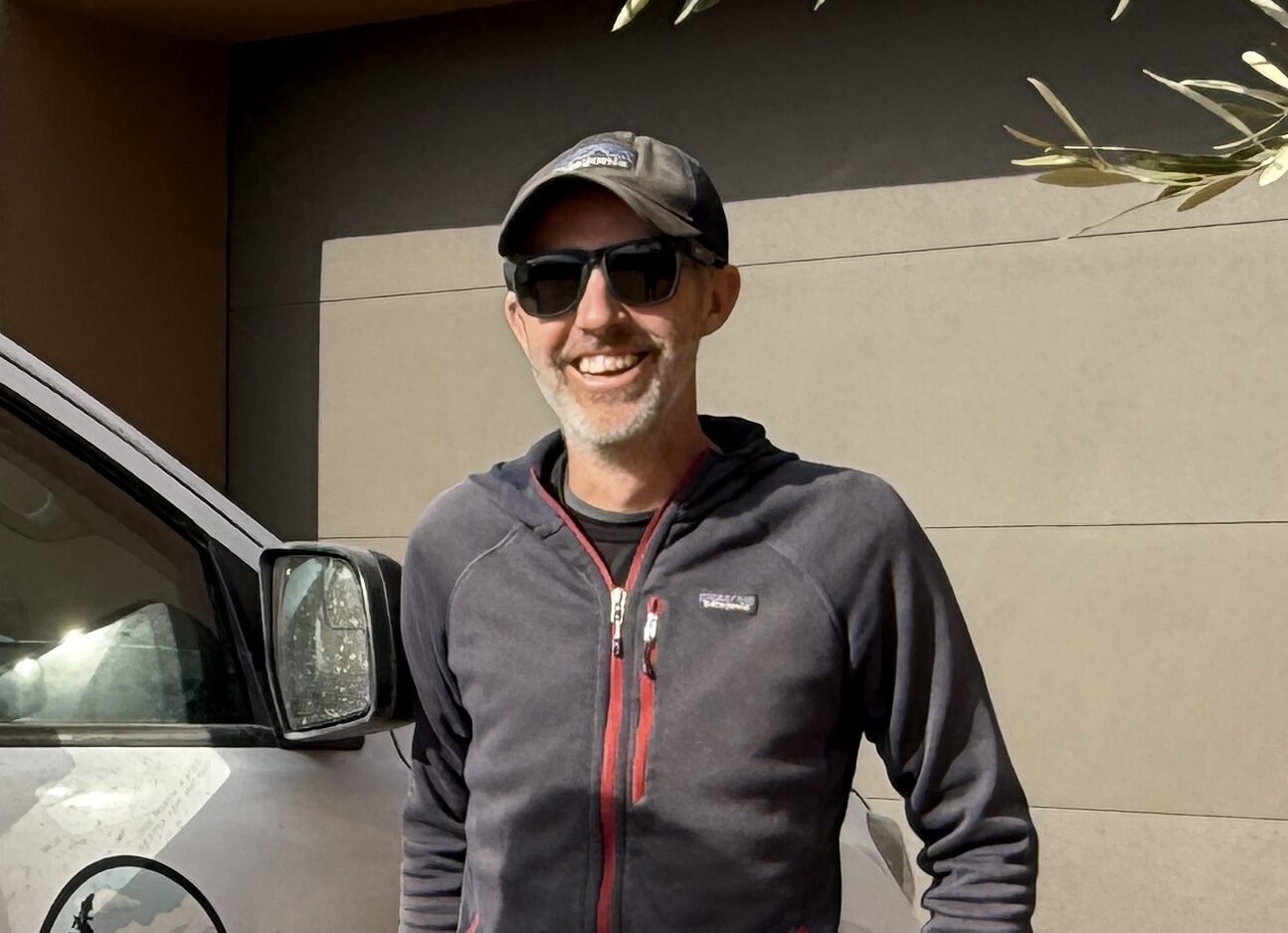
The Wildlands Conservancy
Dave Herrero
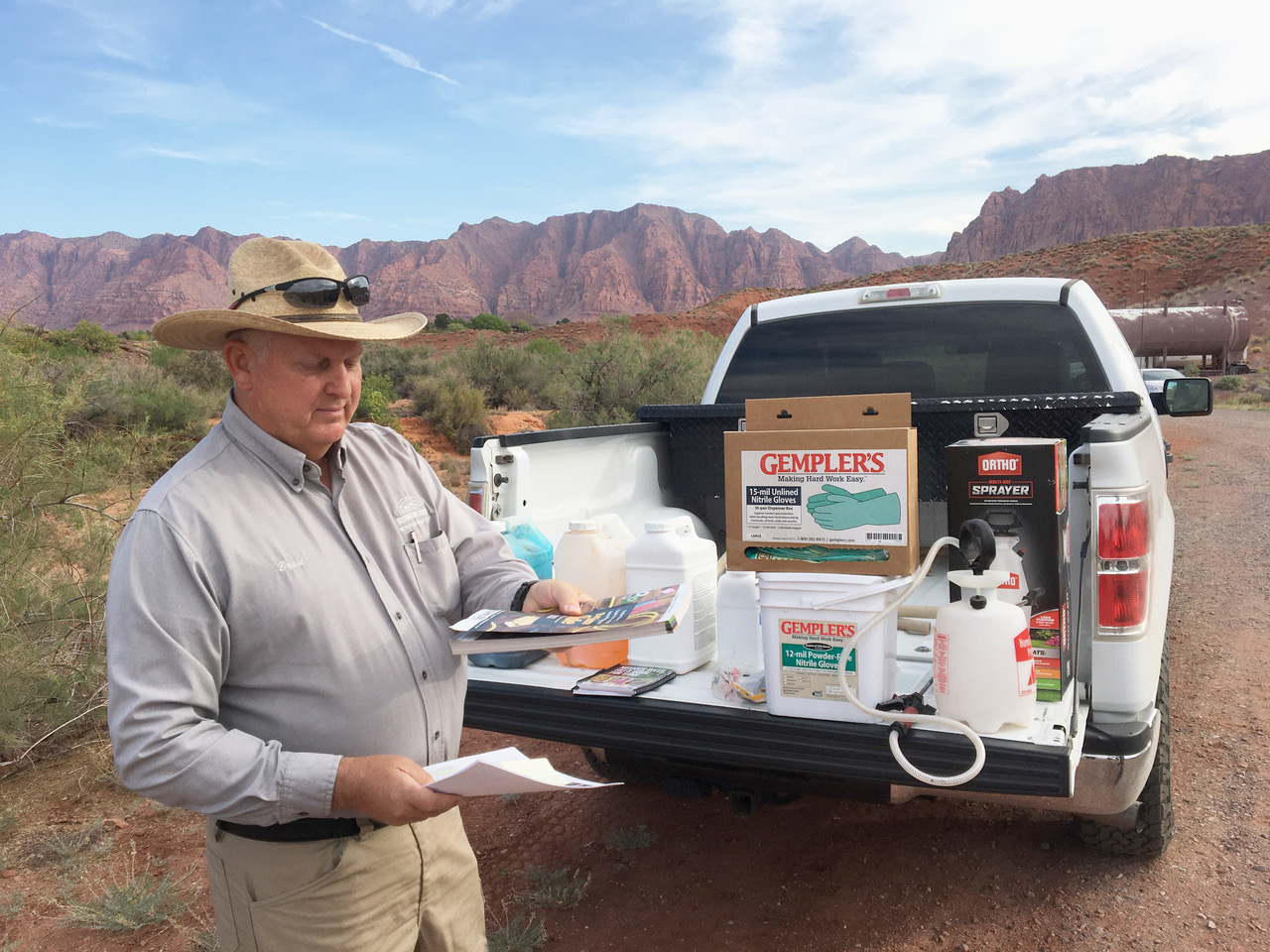
Washington County Noxious Weed Control Dept.
Brad Winder
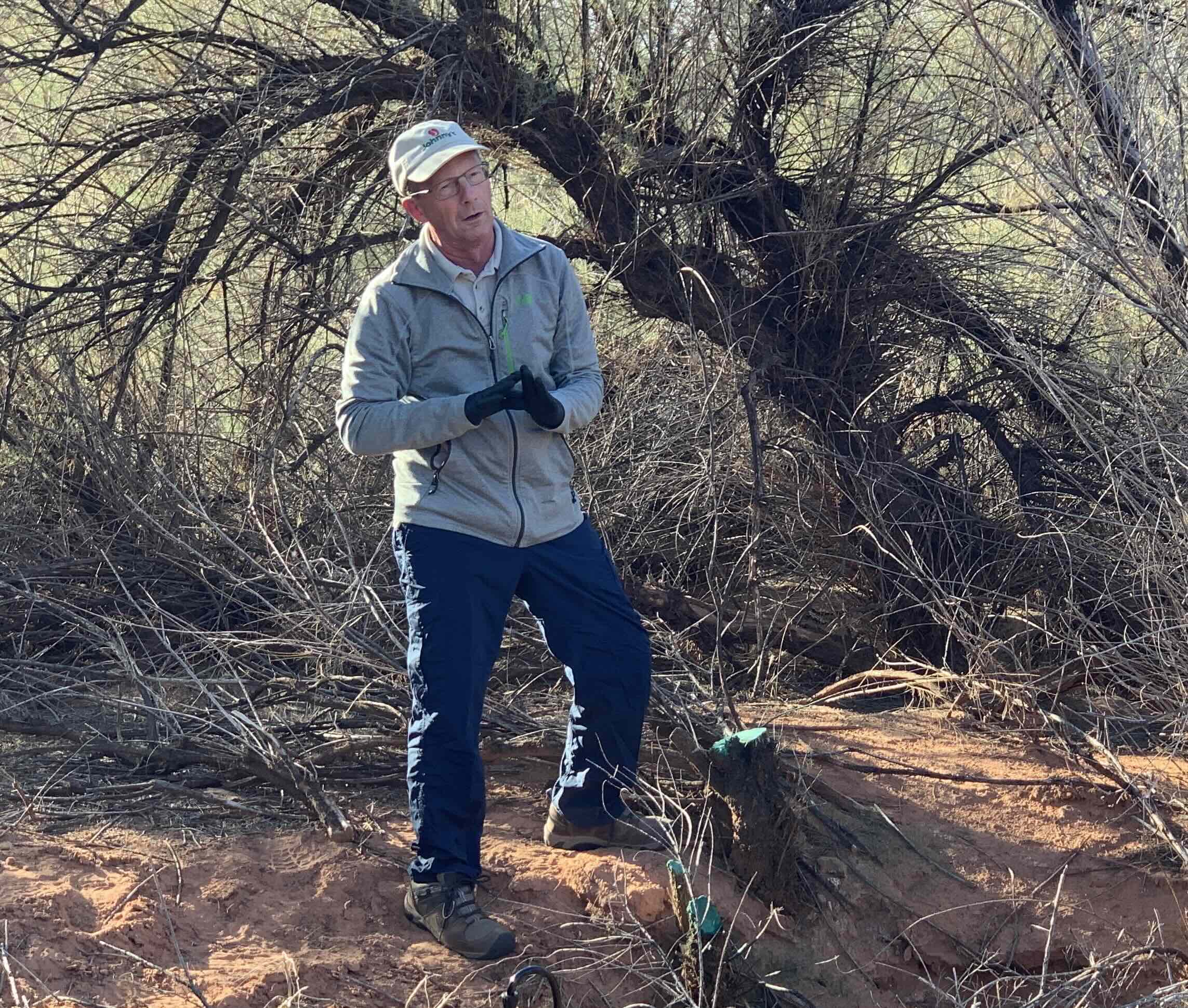
Utah State University Horticulture Extension Agents
Richard Heflebower
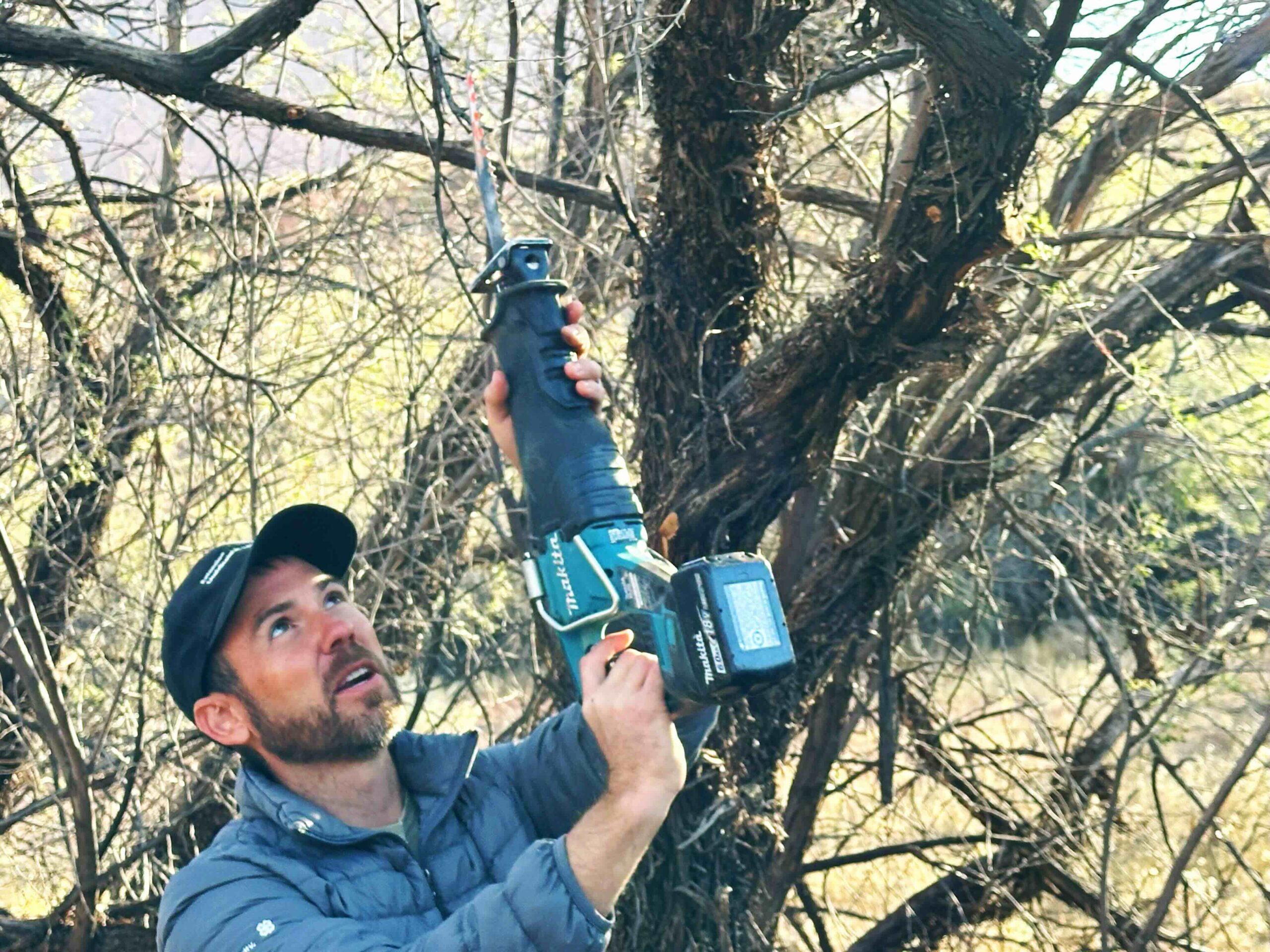
Utah State University Horticulture Extension Agents
Benjamin Scow
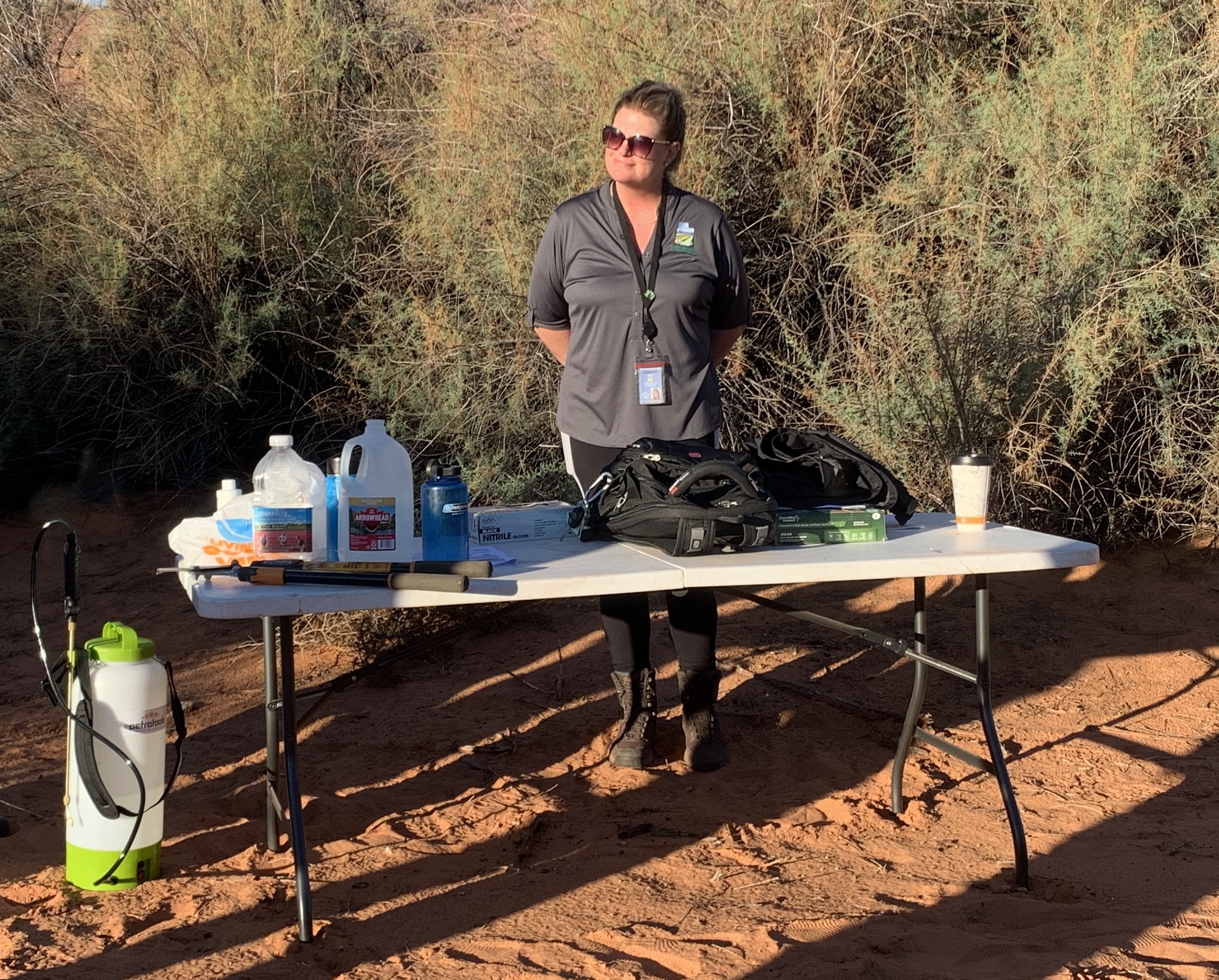
Utah Dept. of Agriculture and Food Pest Program
Compliance Specialist Amy Davidson
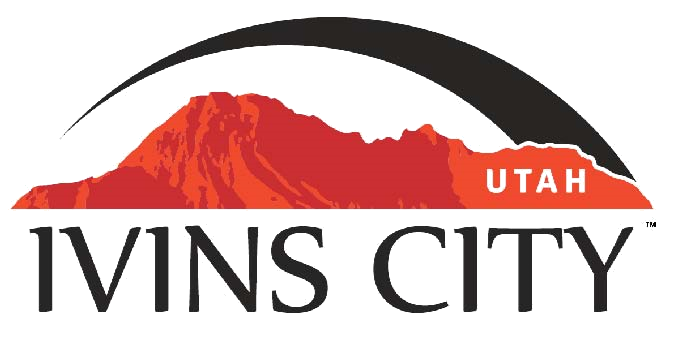
Ivins City
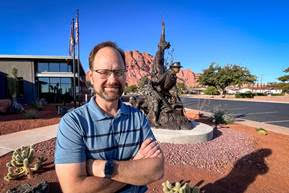
Ivins City Public Works
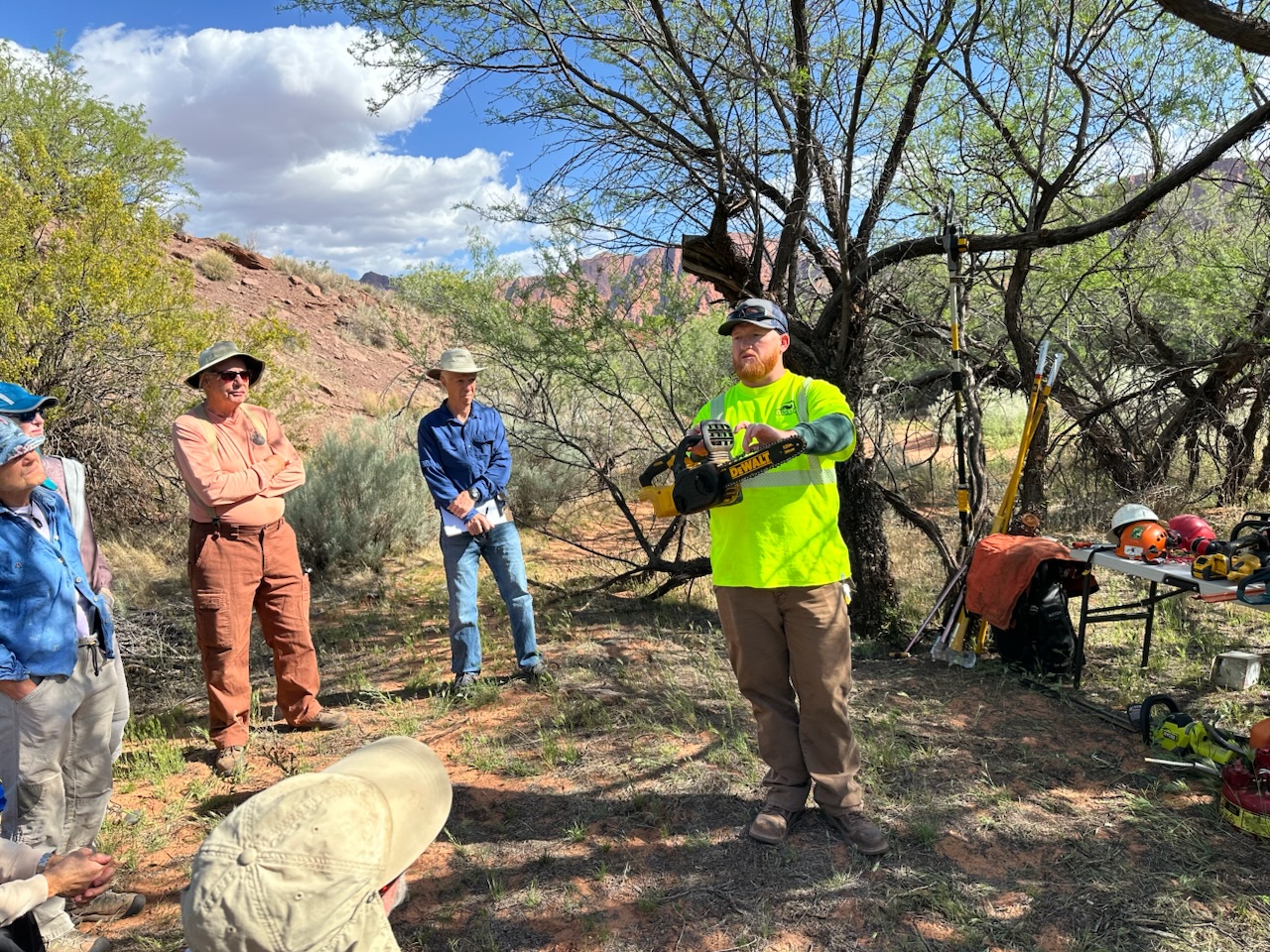
Ivins City Arborist and Parks Supervisor
Joseph Rawlinson
Working safely and efficiently
These experts include:
Wayne Pennington, a PhD geophysicist and a retired Dean of Engineering at Michigan Technological University
Terrence Walters, an internationally known botanist, botany professor and former director of what is recognized as a world-class botanical center in Coral Gables, Florida
Ken White, an environmental/industrial hygienist and Certified Industrial Hygienist, who served on the clinical faculty of the Rocky Mountain Center for Occupational and Environmental Health at the University of Utah School of Medicine
Building Community And Support
Though the work of removing tamarisk is physically demanding, without fail the members and volunteers report their personal enjoyment of making new friends and working with neighbors to make their community safer and more beautiful.
Photos capture sweaty but smiling groups, working joyfully to make a difference. This group is led by DPI’s board of directors and a core support group who lead communication and education efforts, as well as individuals who support our mission, including:
- The members, volunteers and donors who support DPI
- Ivins Inspired volunteer non-profit, founder Tiffany Wynn
- Shonto Point HOA President Kim Wheatley
- Southern Utah Woodturners: SUWT Vice-President Bill Vincent, Barry Gray and Ron Kirchen
- Gallery 873 in Kayenta Arts Village, owner Cherie Stoddard
A Shared Mission
Given the huge threat presented by tamarisk to rivers, watersheds, and the native plants and animals that thrive therein, many tamarisk removal projects and groups are located throughout the southwestern United States.
Local removal projects have taken place on 90 miles of the Escalante River, in Confluence Park along the Virgin River in LaVerkin, along the Virgin River near Mesquite, and on Willow Creek and Meadow Creek in northeastern Utah as part of the Utah Watershed Restoration Initiative.
DPI is proud to join these efforts to remove the dangers of tamarisk and restore the habitat for native plants and animals.
How You Can Help DPI Succeed
While the vast majority of the work undertaken and completed by the members and volunteers of DPI involves purely physical labor, what we do, and how efficiently and effectively we can accomplish our goals means we also rely on a variety of mechanical tools as well as the herbicide needed to treat cut tamarisk stumps to prevent regrowth.
In addition, our communication and outreach efforts require covering some basic expenses for printing, maintaining our website, and managing our digital assets.
To date, our donors have helped us secure a gasoline-powered wood chipper to reduce the size of debris left on site and three hand-sprayers, as well as helping to fund the design of our website. While our needs overall are small, they are continuous, as tools need to be repaired and replaced from time to time.
